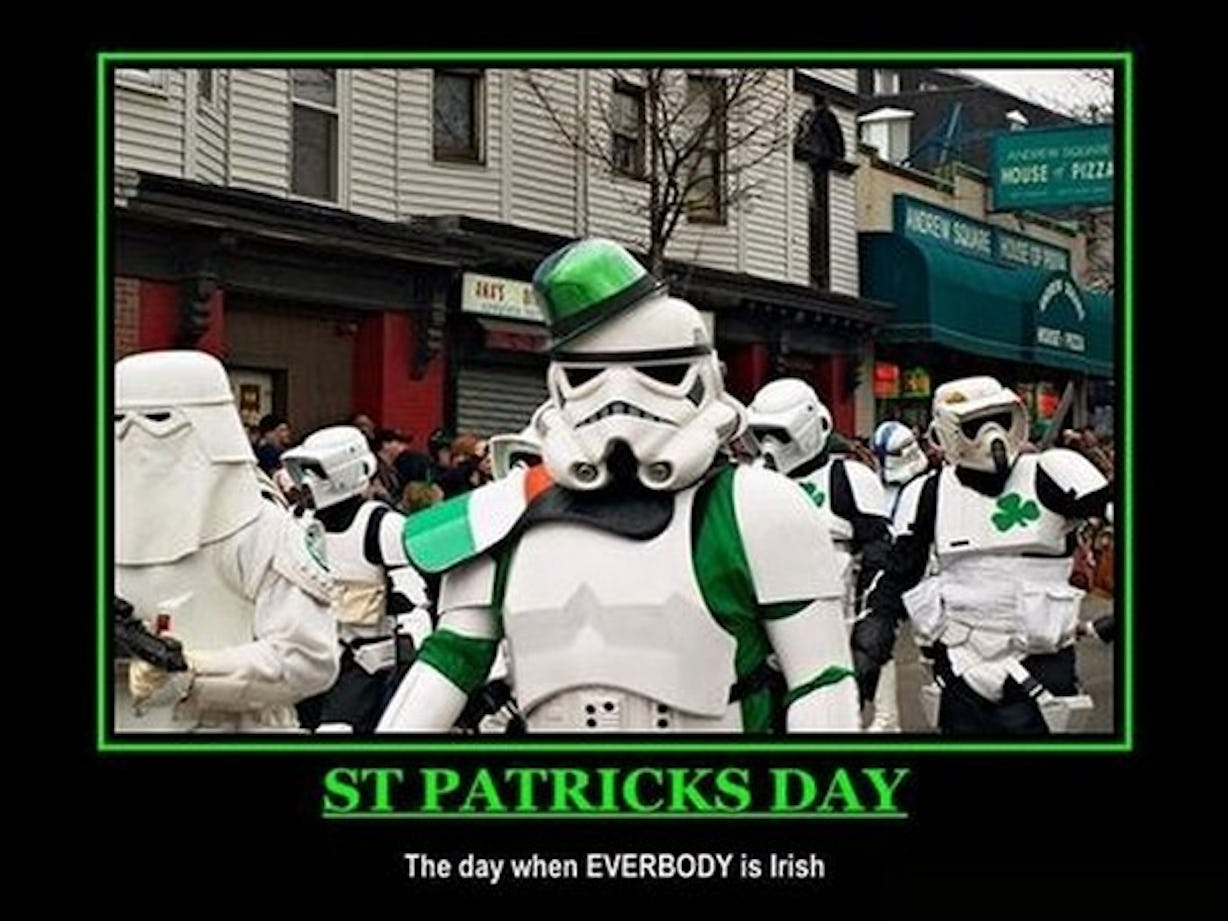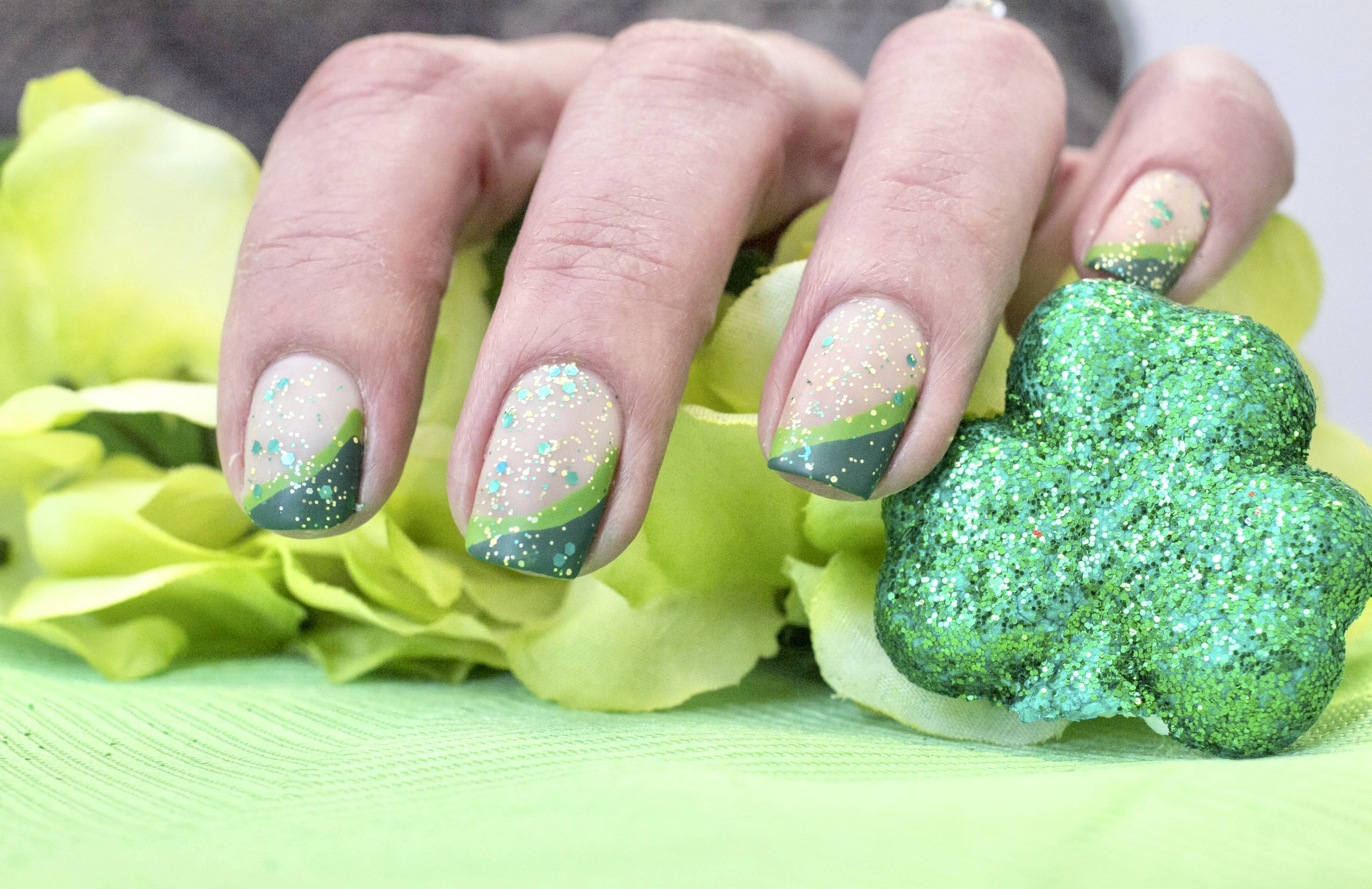Gallery
Photos from events, contest for the best costume, videos from master classes.
 |  |
 |  |
 |  |
 |  |
 |  |
 |
To understand why some people wear orange, you first have to understand why people wear green. St. Patrick's Day is a Roman Catholic holiday that was first celebrated in Ireland starting in 1631. Therefore, on St. Patrick’s Day, Protestants protest by wearing orange instead of green. Ironically, no one wears white; the placement of the white stripe between the green and orange stripes on the Irish flag is supposed to symbolize the peace between the Roman Catholic majority and the Protestant minority. The Ultimate Guide to St. Patrick’s Day Colors: What Not to Wear. So, you’re prepping for St. Patrick’s Day and want to avoid a fashion faux pas (or worse, a pinch from a mischievous leprechaun!). The answer, according to tradition and a touch of historical context, is: you should probably avoid wearing orange on St. Patrick’s Day You’ll see it during St. Patrick’s Day parades where people wear shamrocks wave Irish flags. Now that you know the history of wearing green on St. Patrick’s Day, you can wear it with pride! How to celebrate the St. Patrick’s Day colors. It’s time to celebrate the St. Patrick’s Day colors now that you understand their meanings. Wearing green on St. Patrick's Day (supposedly!) makes you invisible to the leprechauns, so we’re sure you can gather what happens if you don’t wear green on March 17. Those with ginger locks can complement their coloring by adding red hues to their St. Patrick’s Day outfits. Many see red as a way to liven up customary green in a new stylish way while honoring heritage. Showing Personal Irish Pride. Ultimately, wearing red on St. Patrick’s Day is a personal style choice for expressing Irish culture and Is it offensive to wear orange on St. Patrick’s Day? While St. Patrick’s Day is a Roman Catholic holiday, not all the people of Ireland are Catholic. Many of the Irish are actually Protestant. T hey say the whole world is Irish on St. Patrick's Day! Or at least, the whole world adopts a certain version of Irish culture. Every March 17, we break out our green clothing and jewelry, wear 33 million people celebrate St. Patrick’s Day each year; New York boasts one of the world’s biggest St. Patrick’s Day parades. Since 1762, over 250,000 people have marched in the New York St. Patrick’s Day parade; An estimated 13 million pints of Guinness, the traditional drink of St. Patrick’s Day, were consumed last year St. Patrick’s Day usually conjures images of partying, Catholicism, Irish nationalism and, perhaps most famously, the color green: green clothes, green shamrocks, green beer and green rivers. FAQs About St. Patrick’s Day Style 1. Do I have to wear green on St. Patrick’s Day? Not technically, but if you don’t, you might get pinched! The tradition comes from Irish folklore that says wearing green makes you invisible to mischievous leprechauns. Whether you believe it or not, adding a little green is a fun way to get in the spirit. 2. As St. Patrick's Day approaches, it's time to think about how to celebrate in style. 1. Classic Green Dress. A classic green dress is the quintessential foundation for your St. Patrick's Day ensemble. Whether you opt for a rich emerald shade or a sophisticated sage tone, you'll radiate festive elegance. Why Do We Even Wear Green on St. Patrick's Day? Before the 19th century, the color linked to St. Patrick was blue. However, green is now the more typical hue, thanks to Irish immigrants who came to America and celebrated St. Patrick's Day and their heritage by wearing this symbolic color. Ireland held its first St. Patrick’s Day parade in Waterford, but that wasn’t until 1903, when St. Patrick’s Day became a national holiday in Ireland. Until recently it was believed that the first American celebration of St. Patrick’s Day was in Boston (1737), and the first St. Patrick’s Day parade was in New York City (1762). The color green, on the other hand, is linked to Irish Catholics and nationalism. Since wearing green on St. Patrick's Day is closely tied to Irish Catholic traditions, wearing orange can be seen as a political statement that contradicts the spirit of the holiday. 2. What color should I wear on St. Patrick's Day? Green is the most appropriate 73 Funny St. Patrick’s Day Jokes For Adults And Kids; The Best Irish Songs And The Best Irish Films Of All Time For Paddy’s Day; 8 Ways That We Celebrate St. Patrick’s Day In Ireland; The Most Notable St. Patrick’s Day Traditions In Ireland; 17 Tasty St. Patrick’s Day Cocktails To Whip Up At Home; How To Say Happy St. Patrick’s Day Incorporating orange and green into St. Patrick’s Day outfits can be a creative way to celebrate and acknowledge Ireland’s diverse heritage. History of Wearing Orange on St Patrick’s Day. Wearing orange on St. Patrick’s Day has its roots in Irish history, specifically, the events surrounding the Battle of the Boyne in 1690. Before Easter fills our homes and closets with pastels, St. Patrick's Day gets a moment to color our world with green! Green beer, food, clothes, decor, and more are everywhere! And if you’re into celebrating the Irish holiday, then you need something green to wear on the big day. Every year the In conclusion, wearing orange on St. Patrick’s Day is indeed a different shade of celebration—one that invites us to reflect upon historical divisions while also encouraging dialogue about inclusivity and reconciliation within Irish society. Wearing Orange on St. Patrick’s Day: A Unique Twist to Traditional Celebrations Find Dog St Patrick's Day stock images in HD and millions of other royalty-free stock photos, illustrations and vectors in the Shutterstock collection. Thousands of new, high-quality pictures added every day.
Articles and news, personal stories, interviews with experts.
Photos from events, contest for the best costume, videos from master classes.
 |  |
 |  |
 |  |
 |  |
 |  |
 |